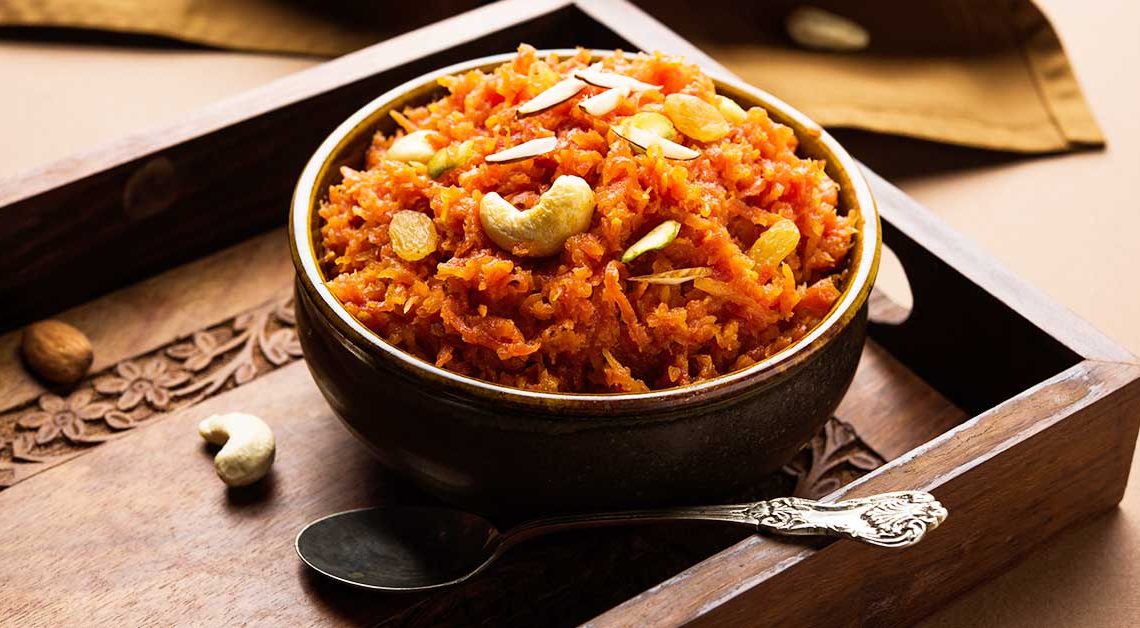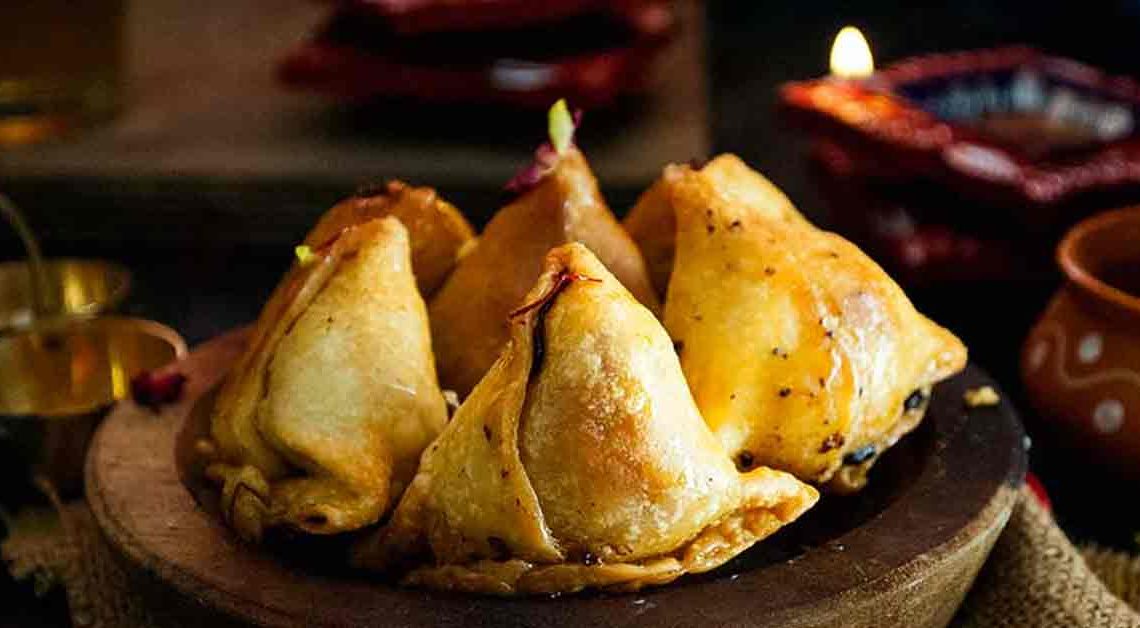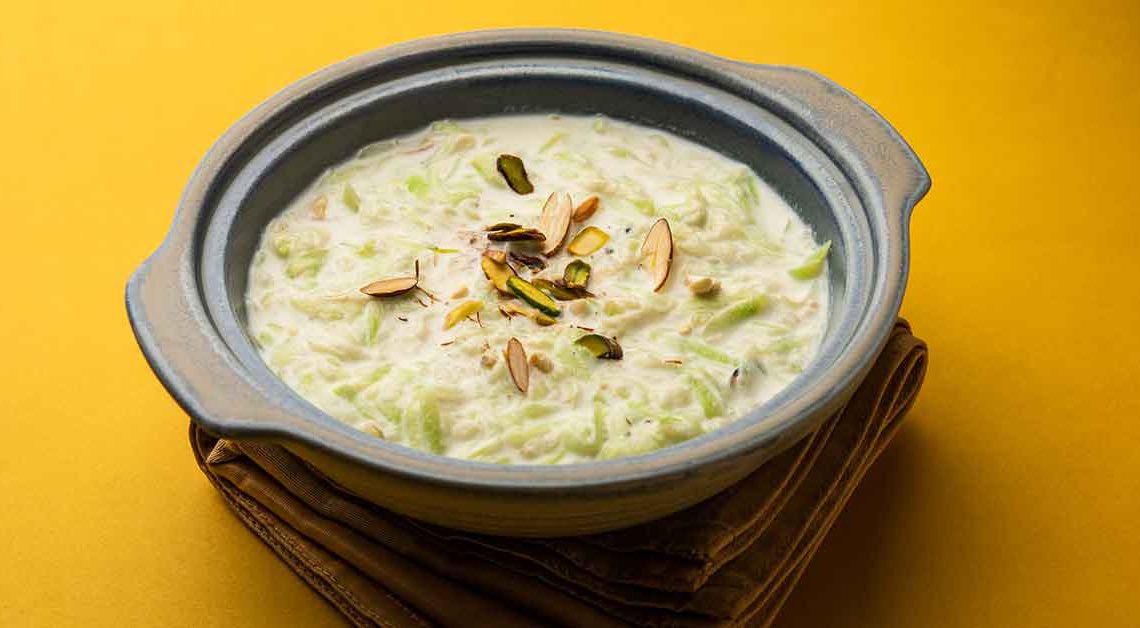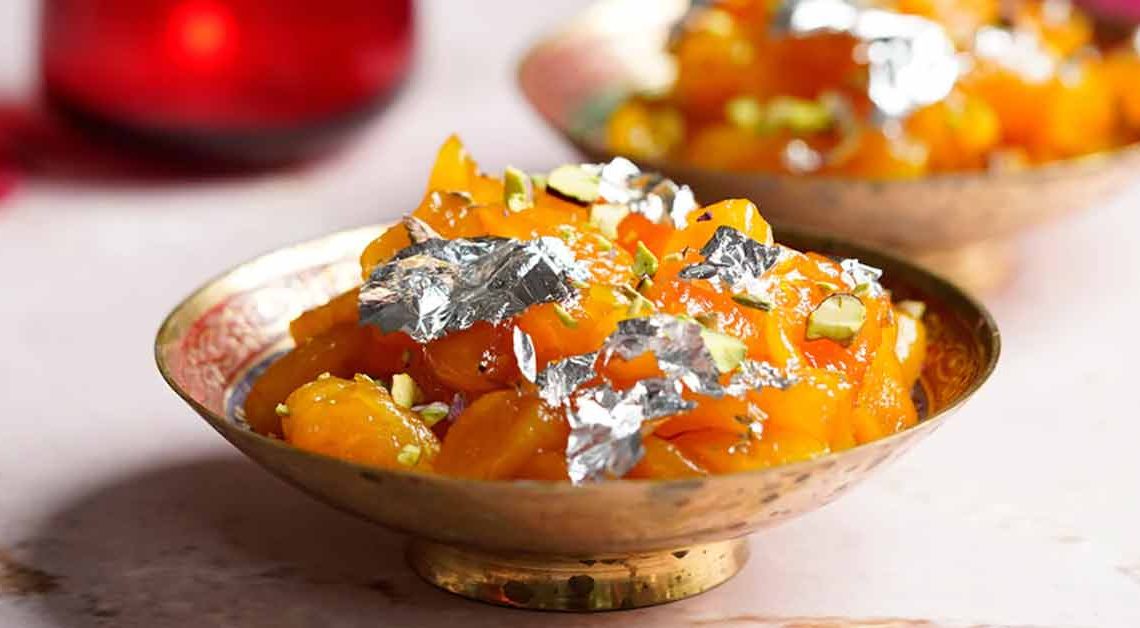Gajar Ka Halwa: A Delicate Taste of Healthy Tradition

If you are looking for a dessert that is both delicious and healthy, look no further than Gajar ka Halwa! This classic Indian dessert is a winter favorite, made with grated carrots, milk, ghee, and a variety of warm spices. But it’s not just the ingredients that make this dessert special – it’s the story behind it.
Legend has it that Gajar ka Halwa was invented by the Mughals, who were known for their love of rich, decadent foods. But as the story goes, one day a Mughal emperor fell ill and was advised by his physician to avoid such heavy dishes. To satisfy his sweet tooth, the emperor requested a dessert made from a healthier ingredient – and thus, Gajar ka Halwa was born.
Over the years, this humble dish has become a beloved staple in Indian households, often served during special occasions and festivals. But what makes it truly special is the way it brings people together. Whether enjoyed with family or friends, Gajar ka Halwa is a dessert that is sure to warm your heart and your taste buds.
In this blog, we’ll explore the history, ingredients, and preparation of this iconic dessert. From traditional recipes to modern twists, we’ll show you why Gajar ka Halwa is more than just a dessert – it’s a cultural treasure. So grab a spoon and get ready to indulge in the rich, creamy goodness of Gajar ka Halwa!
Origin of Gajar Ka Halwa
The exact origin of Gajar ka Halwa is uncertain, but it is believed to have originated in North India, particularly in the region of Punjab. The dish is said to have been created during the Mughal period in India when carrots were introduced to the region by the Mughal emperor, Babur. It is said that the dish was created in the royal kitchens of the Mughals, where it became a favorite among the royals and their guests.
However, some people also believe that Gajar ka Halwa has its roots in the Middle East and Central Asia. Carrot-based desserts are popular in many Middle Eastern and Central Asian countries, and it is possible that the dish was brought to India by traders or invaders from these regions.
History of Gajar ka Halwa
Gajar ka Halwa is not just a dessert, it is an integral part of Indian culture and traditions. It is a dish that is prepared and served during festivals, weddings, and other special occasions. In Indian households, making Gajar ka Halwa is a labor-intensive process that involves grating carrots, cooking them in milk, and then adding sugar and spices to create a rich and creamy pudding.
In Indian culture, carrots are believed to have numerous health benefits, such as improving eyesight, boosting the immune system, and aiding digestion. According to Ayurveda, a traditional system of medicine in India, carrots are considered to be a cooling food that can balance the body’s heat and energy levels. The addition of spices such as cardamom and cinnamon to Gajar ka Halwa is believed to further enhance its medicinal properties.
Cultural significance of Gajar ka Halwa
Gajar ka Halwa has a significant cultural significance in the Indian subcontinent, where it is considered a symbol of celebration and festivity. It is often served during weddings, religious festivals, and other special occasions, and is also commonly prepared at home for family gatherings and parties.
In addition to its cultural significance, Gajar ka Halwa is also believed to have several health benefits. Carrots, the primary ingredient in the dish, are rich in nutrients such as beta-carotene, vitamin A, and fiber, which are essential for maintaining good health. Additionally, the milk and ghee used in the recipe provide a good source of protein and healthy fats.
Where Gajar ka Halwa is Famous?
Gajar ka Halwa is a popular dessert in several parts of the Indian subcontinent, but it is especially famous in North India, where it is a winter specialty. In the state of Punjab, it is a staple dessert during the winter months and is often served with a dollop of fresh cream or vanilla ice cream.
In the state of Uttar Pradesh, it is also a popular sweet dish and is commonly made during festivals and special occasions. It is often served as a dessert after a lavish meal and is considered a symbol of hospitality and generosity.
In the city of Hyderabad, Gajar ka Halwa is made with a unique twist. It is cooked in milk and cream, and then flavored with saffron and rose water, giving it a distinct aroma and flavor.
Interesting Facts and Trivia Related to Gajar ka Halwa
- It is a traditional Indian dessert made from grated carrots, milk, sugar, and ghee.
- It originated in the northern regions of India, particularly in Punjab and Rajasthan.
- The dish is also known as Carrot Halwa or Gajrela in some regions.
- It is a popular winter dessert as carrots are in season during this time.
- The dish is usually garnished with chopped nuts like almonds and cashews.
- Some recipes call for the addition of khoya, a type of condensed milk, to give the halwa a richer texture and flavor.
- It can be served hot or cold, depending on personal preference.
- The dish can be stored in the refrigerator for several days and can be reheated when needed.
- It is a high-calorie dessert as it contains a significant amount of sugar and ghee.
- The dish is also rich in vitamin A, fiber, and antioxidants.
- In some regions of India, it is served with a scoop of vanilla ice cream.
- In Punjab, it is often served with a dollop of fresh cream.
- The dish is also popular in Pakistan, Bangladesh, and Nepal.
- It is a popular dessert at Indian weddings and other celebrations.
- In some parts of India, it is considered a traditional medicine for treating colds and coughs.
- The dish can be made vegan by using non-dairy milk and vegan butter instead of milk and ghee.
- In some regions, it is made using jaggery instead of sugar for a healthier alternative.
- The dish can be made in a pressure cooker to reduce cooking time.
- It is often served with puri, a type of Indian bread.
- The dish can also be served with rabri, a sweetened condensed milk dessert.
- In some households, it is served as a breakfast dish.
- The dish is sometimes made using condensed milk instead of regular milk for a creamier texture.
- It can also be made using other vegetables like beetroot or pumpkin.
- In some regions, it is made with a mixture of milk and coconut milk for a unique flavor.
- The dish can be made in a microwave for a quicker cooking time.
- In some households, it is made using a combination of carrots and semolina for a different texture.
- The dish can also be flavored with cardamom or cinnamon for added flavor.
- It can be enjoyed as a standalone dessert or served as a sweet accompaniment to Indian meals.







